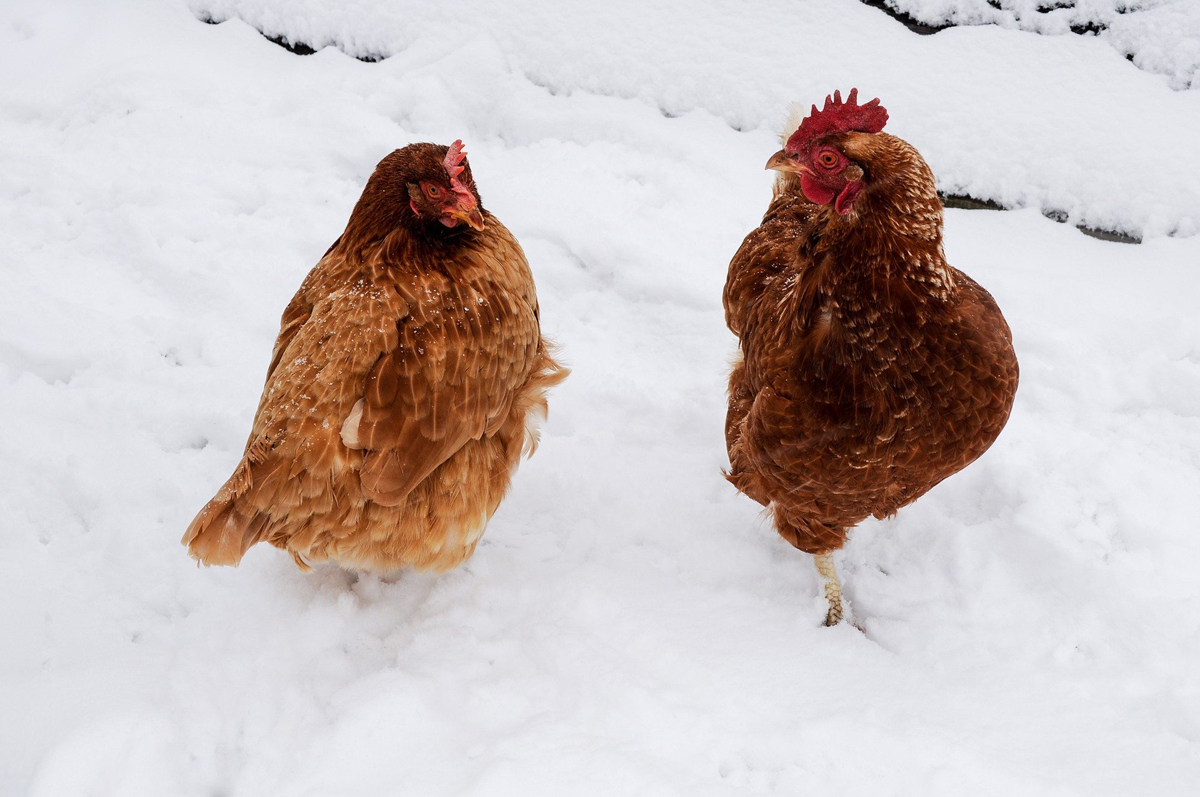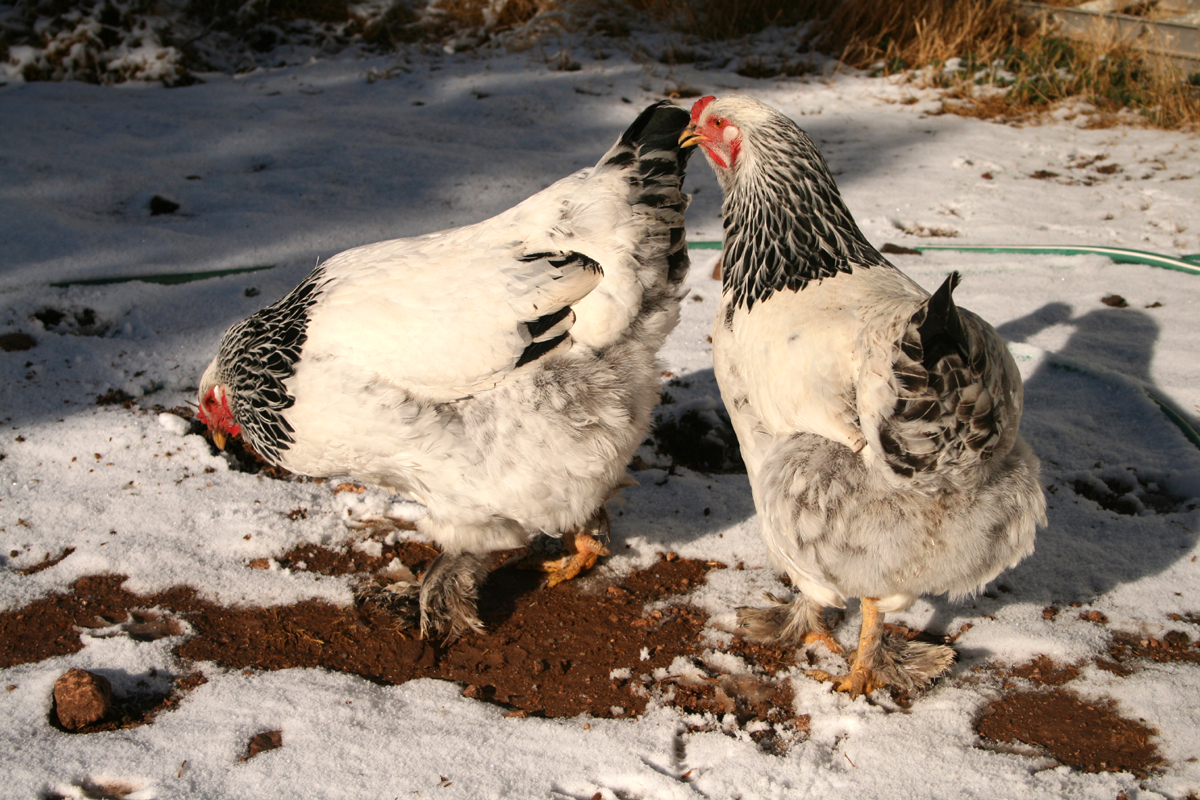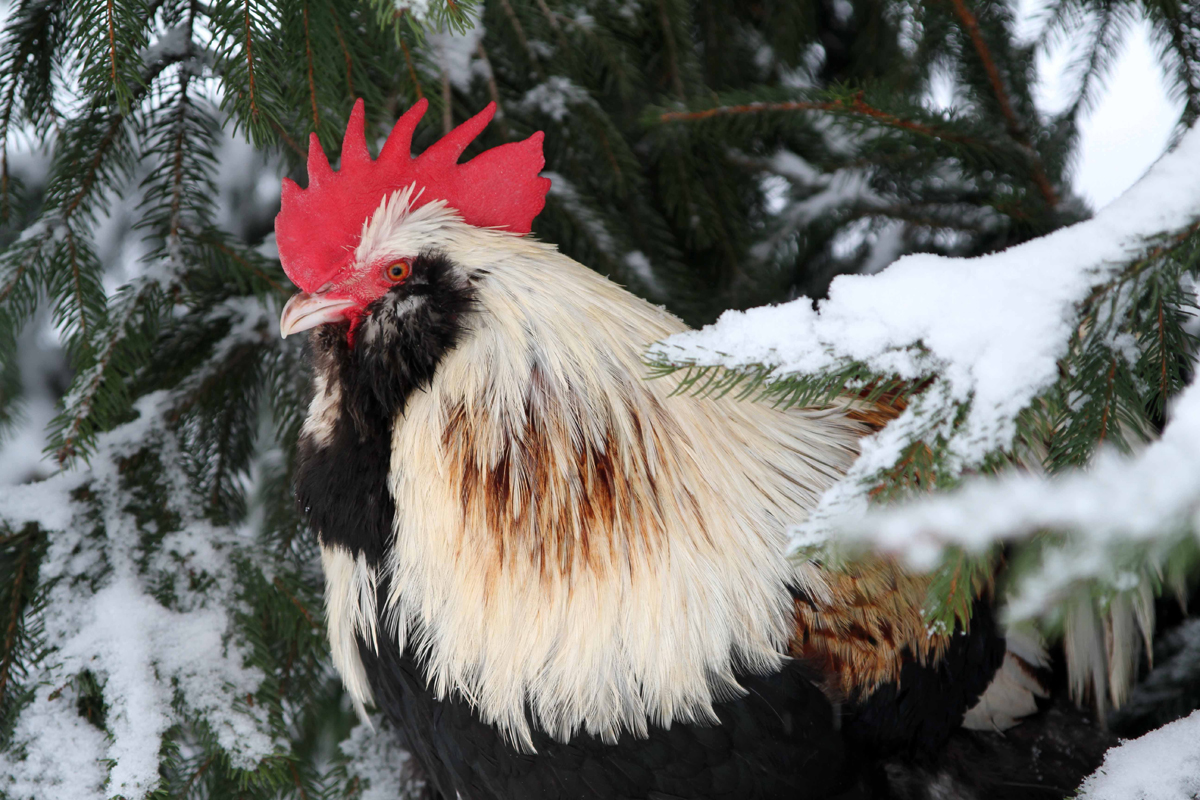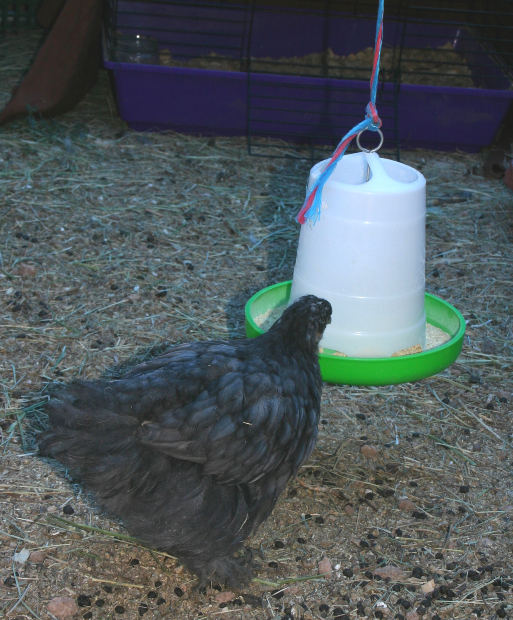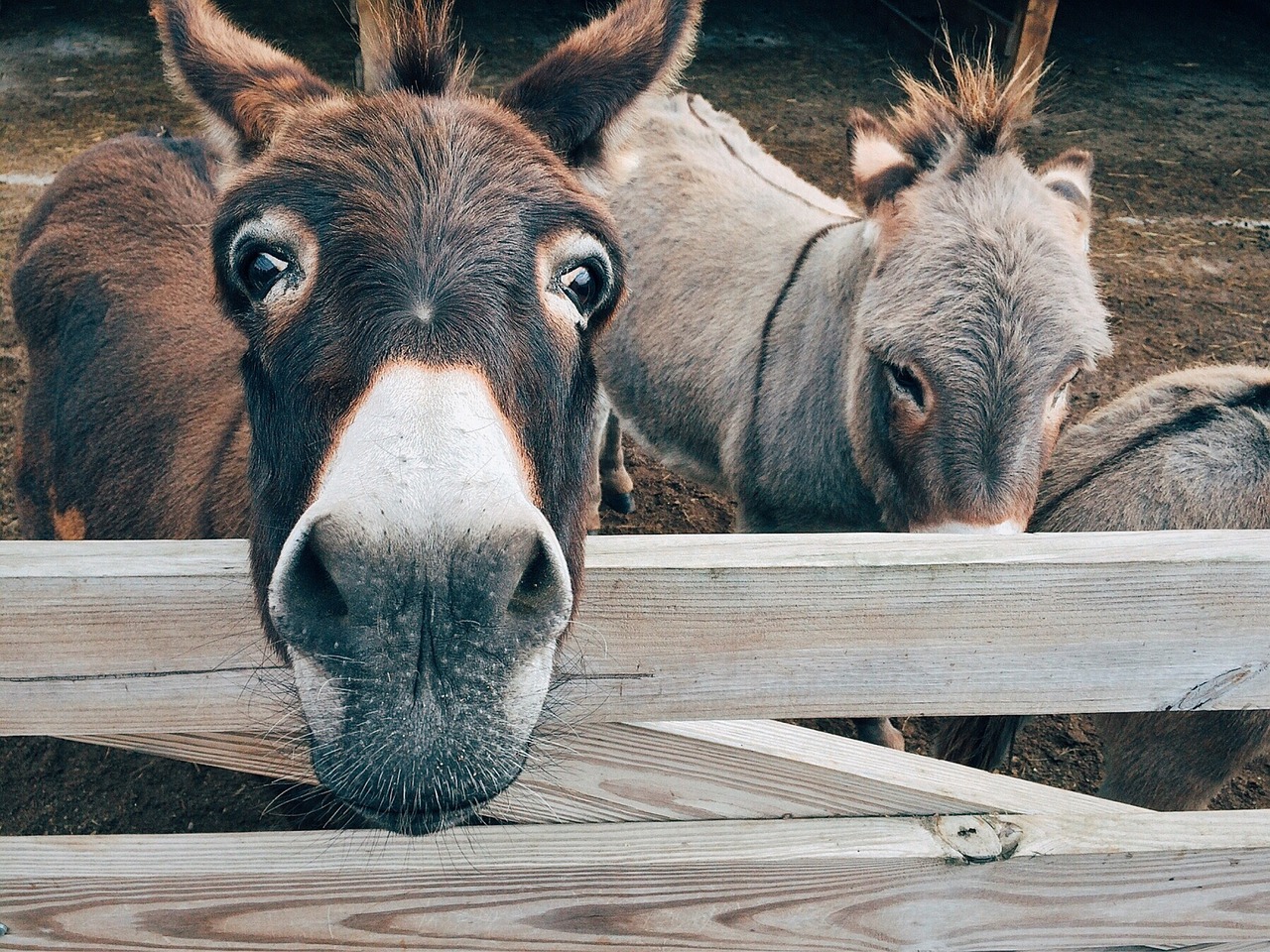An Essential Guide to Chicken Health for The Small Scale Chicken Keeper
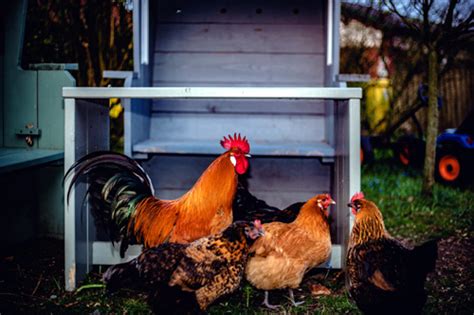
It is becoming increasingly more popular to keep chickens in your back garden. In addition to the benefits derived from having delicious, free-range eggs easily available for your kitchen, you can enjoy the benefits of chickens as a companion pet.
As a rule, chickens are very reliable birds and do not require very much veterinary attention. The health issues that most commonly afflict chickens are parasites, including mites and lice. The presence of these parasites can result in uncomfortable animals, in much the same way they can affect dogs and other mammals. It is important to monitor your chickens for signs of parasites, as a severe infestation can result in illness and death. Be especially aware of this during the warm months when parasites can multiply quickly.
Lice
If you choose to raise chickens, one of the biggest problems is poultry lice. They can be found on the skin and feathers of the birds. Lice fall into several categories, including shaft lice and neck lice. They feed on the blood and dry skin scales. Humans have nothing to fear, as these lice do not infect humans. Your chickens, however, require monitoring to prevent lice infestation. They cause considerable irritation to the poultry and cause loss of feathers. Monthly inspections are recommended, at a minimum, but should be more frequent in warm weather climates.
You need to pay attention to the bird’s skin to detect clusters of white eggs or active lice at the base of feather shafts. These lice are light brown and grow to 3mm in length. Dousing your chicken with lice powder is the best treatment to rid them of the problem lice. A second treatment seven days later will insure that lice eggs will not hatch and re-infect your birds.
Mites
There are several species of mites, including the Scaly Leg Mite, the Northern Fowl Mite and the Red Mite. Mites are even more annoying than lice because they are able to survive without food for a long time. They do not have to be near a host to survive. Red mites create a dangerous threat for chickens. They hide in the walls and come out at night to feast on the unsuspecting chicken. They are normally grey and very small. (.5-1.0 mm long) They turn bright red and expand after preying on the chicken. If a chicken does not want to roost, they might have red mites. The only way to treat the chicken is to dust them with a powder and also apply powder to the surrounding nesting boxes and areas.
Northern Fowl Mites
Northern Fowl Mites can be observed on chickens at most any time. The fact that the insect cannot live away from its host for more than a week makes successful treatment a good bet with a full strength powdered insecticide. However, a corollary to this fact is the proclivity of mites to reproduce quite rapidly. The Northern Fowl Mite prevails in the colder months even as similar pests tend to fall off. With their black/brown coloring, they look very much like their cousins, Red Mites, prior to having had a meal of blood. But they share more than appearance: both can destroy the health of a chicken if steps to eliminate them are not taken.
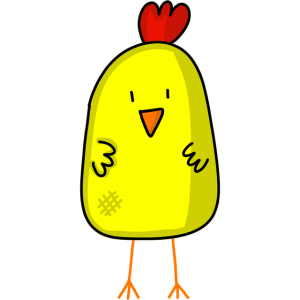
Baby chickens are chicks. Female chickens are pullets until they’re old enough to lay eggs and become hens. Male chickens are called roosters, cocks or cockerels, depending on the country you’re in.
Scaly Leg Mites
Scaly Leg Mites bury themselves under the chicken’s leg and feet scales. With infestation, the scales, which when healthy lie flush with each other, deform as they swell with a white, brittle substance and in some cases drop off the limb. The chicken experiences this as an uncomfortable irritation. In order to rid your chickens of this tiny, virulent mite, you must clean their house completely. If this does not do the trick, then you may have to relocate your birds altogether.
>> Did You Know Backyard Chickens Love Music and Games
Ticks
Various treatments available for these mites include surgical spirit dips of the legs twice weekly, applying petroleum jelly to the legs and feet, and utilizing a medicinal product such as benzyl benzoate. Poultry and Ticks Ticks are often a source of parasite infestation in chickens. They thrive in wooden housing, which provides a great deal of space for ticks to lay eggs. Dormant ticks and their eggs can remain in chicken houses for many years. Generally, serious problems are not encountered, but they will cause irritation in the skin of your chickens and generally contribute to poor health of the flock. Ironically, chickens are known to control tick populations in some parts of the world due to their propensity to consume insects.
Fleas
Fleas Hen Fleas remain a big problem for the chickens. If infected, the chickens will begin to become restless and show agitation. This discomfort will make a broody hen so stressed that she may break her eggs. The fleas are often found in chicken houses or even in open ground. The owner may treat his birds with flea dusting powder and with care in the housing hygiene. It becomes important to inspect the chicken house and your chickens regularly. External parasites can be transmitted by wild birds, contact with infected chickens and rodents. As a result, you need to keep the litter clean and implement measures to inspect and to keep the chicken house clean. This will guarantee that your birds will be itch-free and healthy.
The Author:
Jack Corrigan
Photo. Mathis Volquardsen


